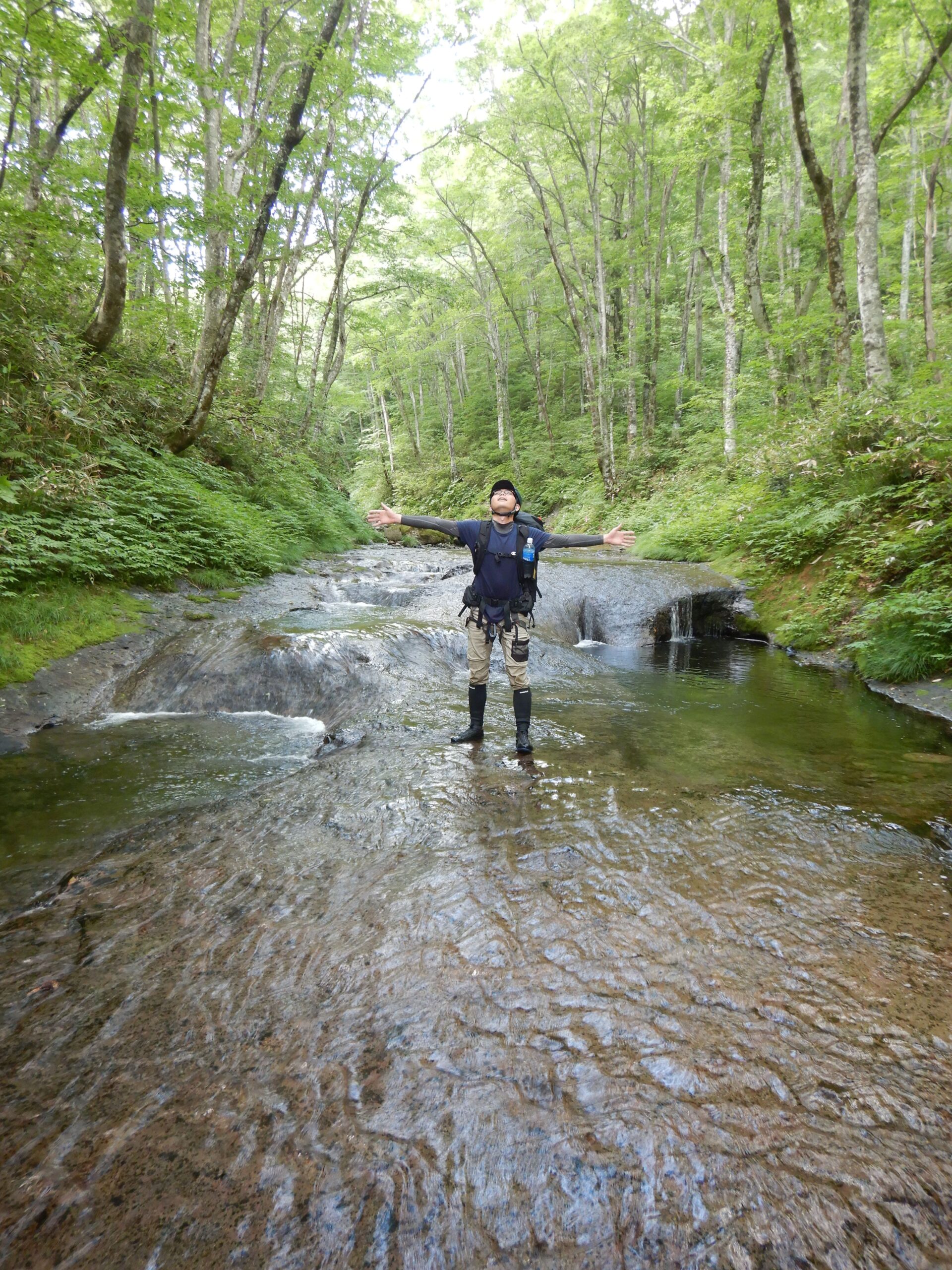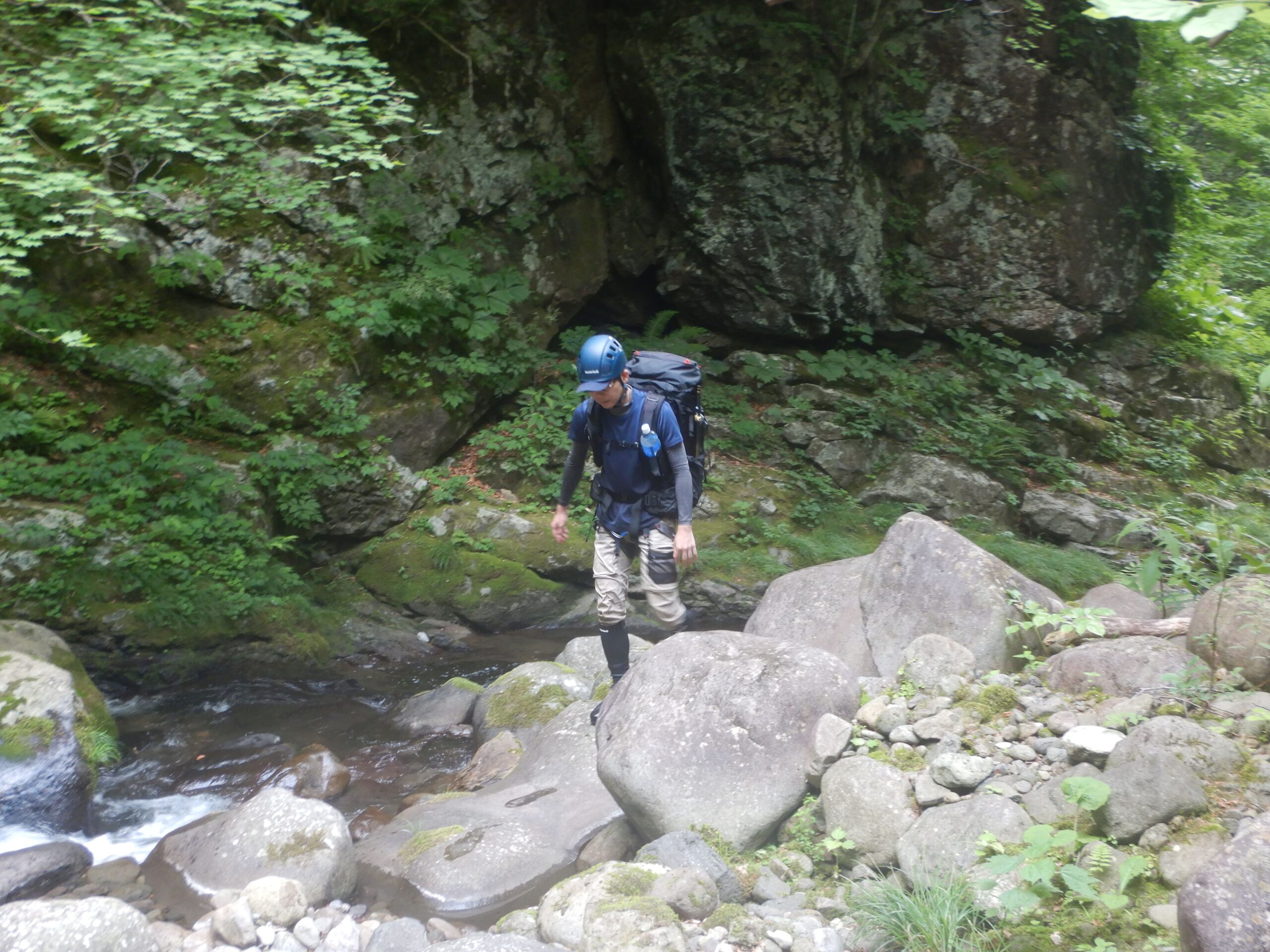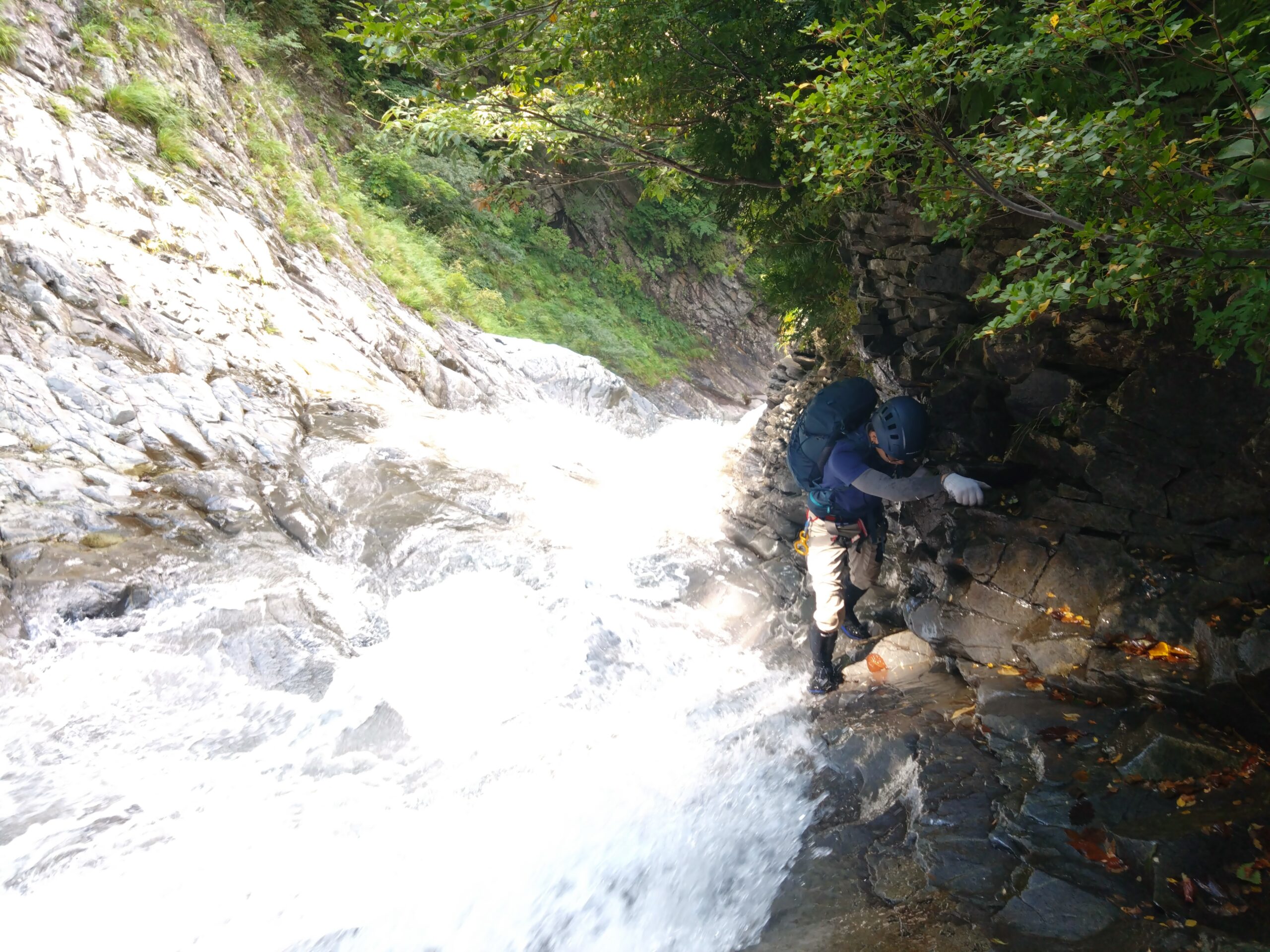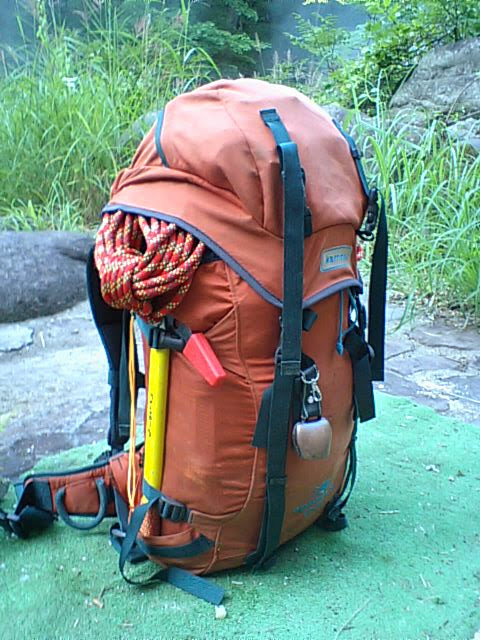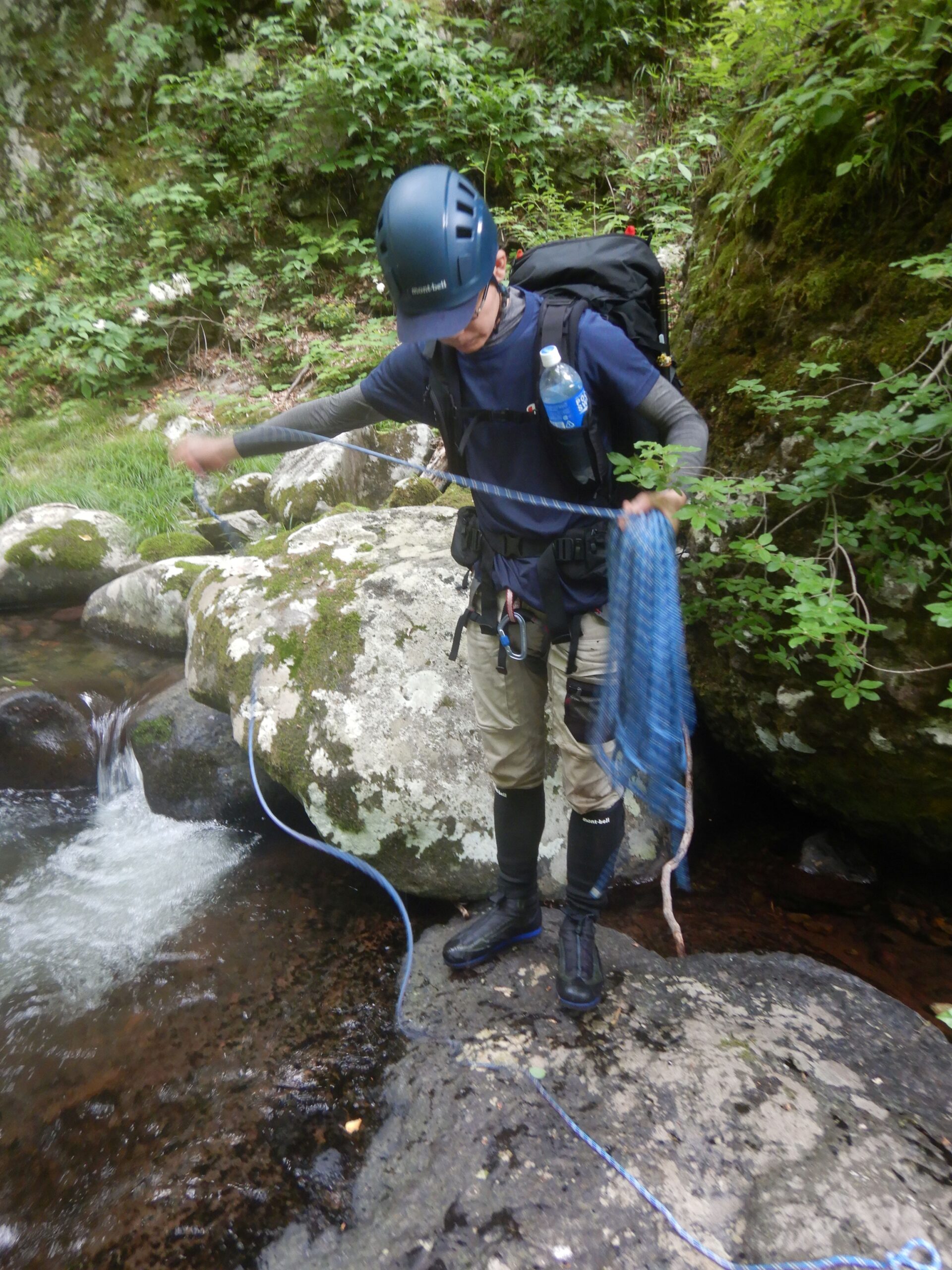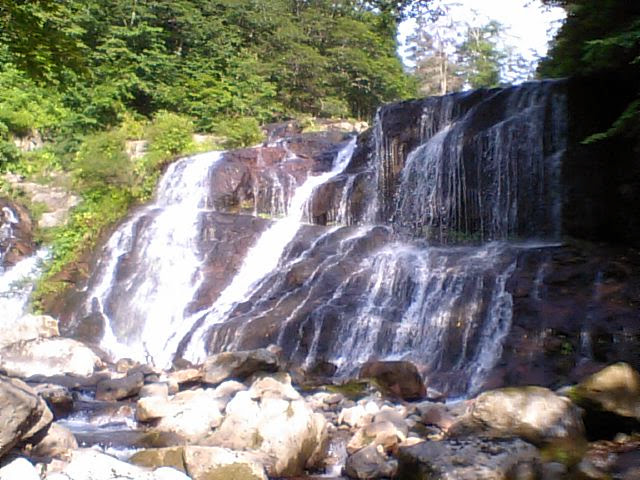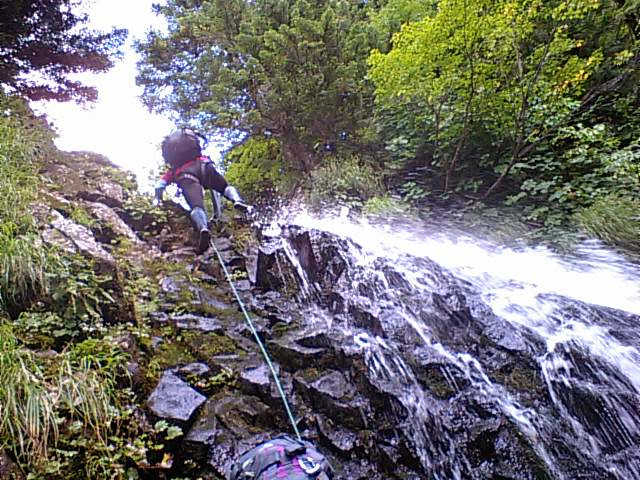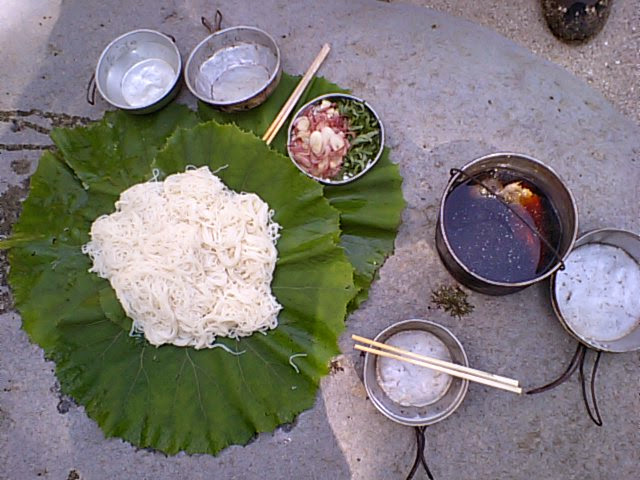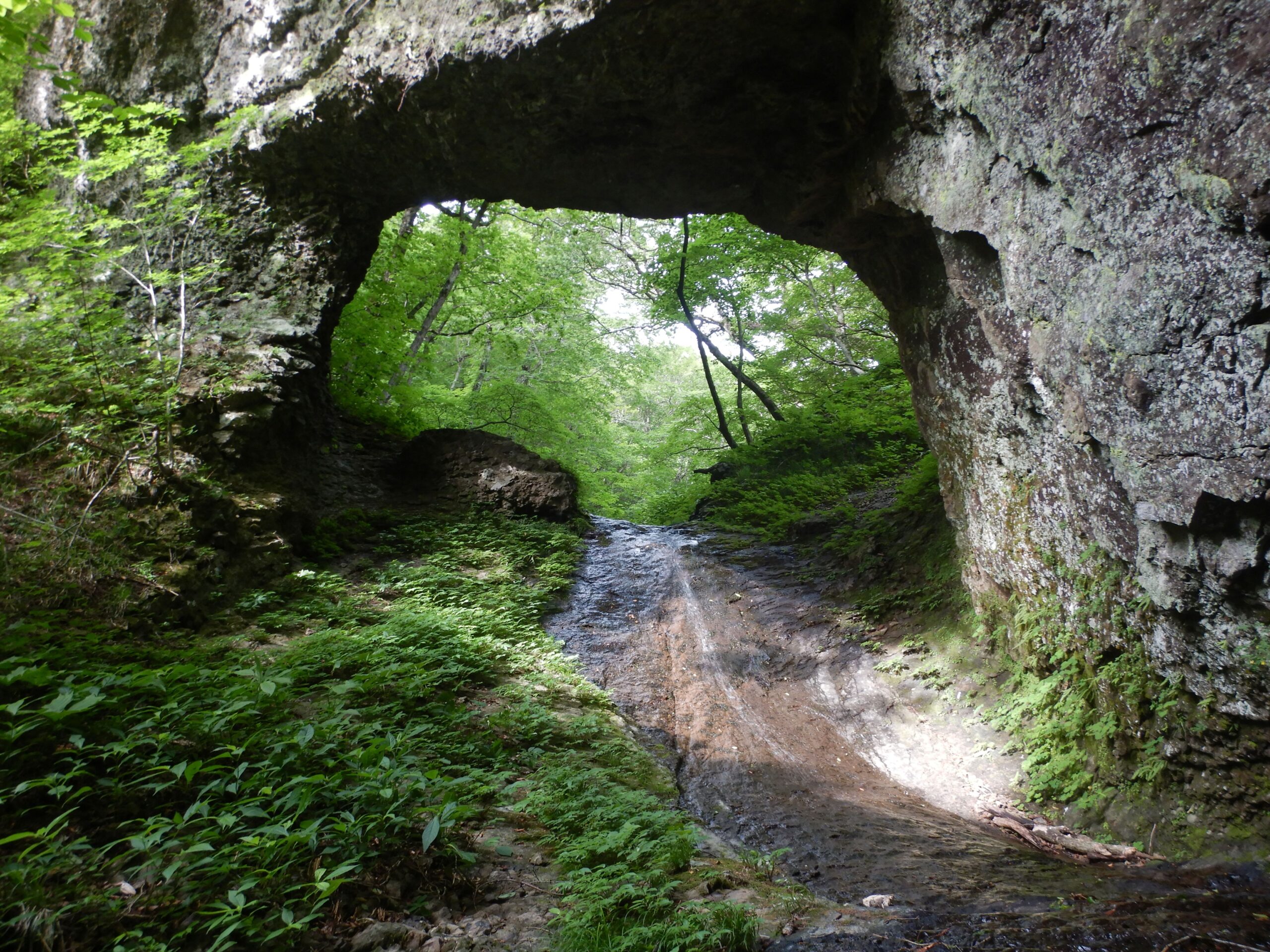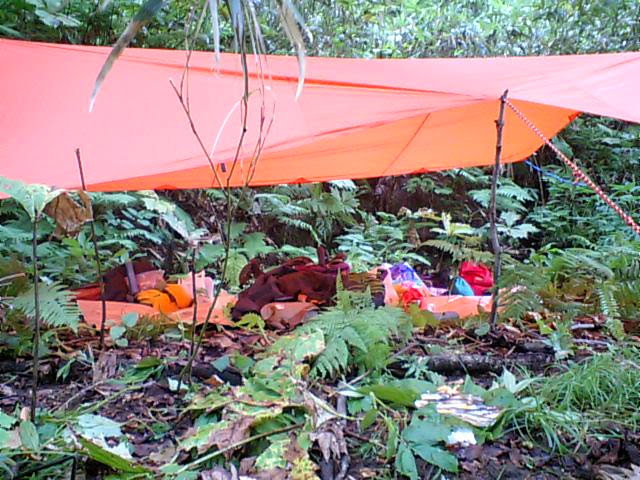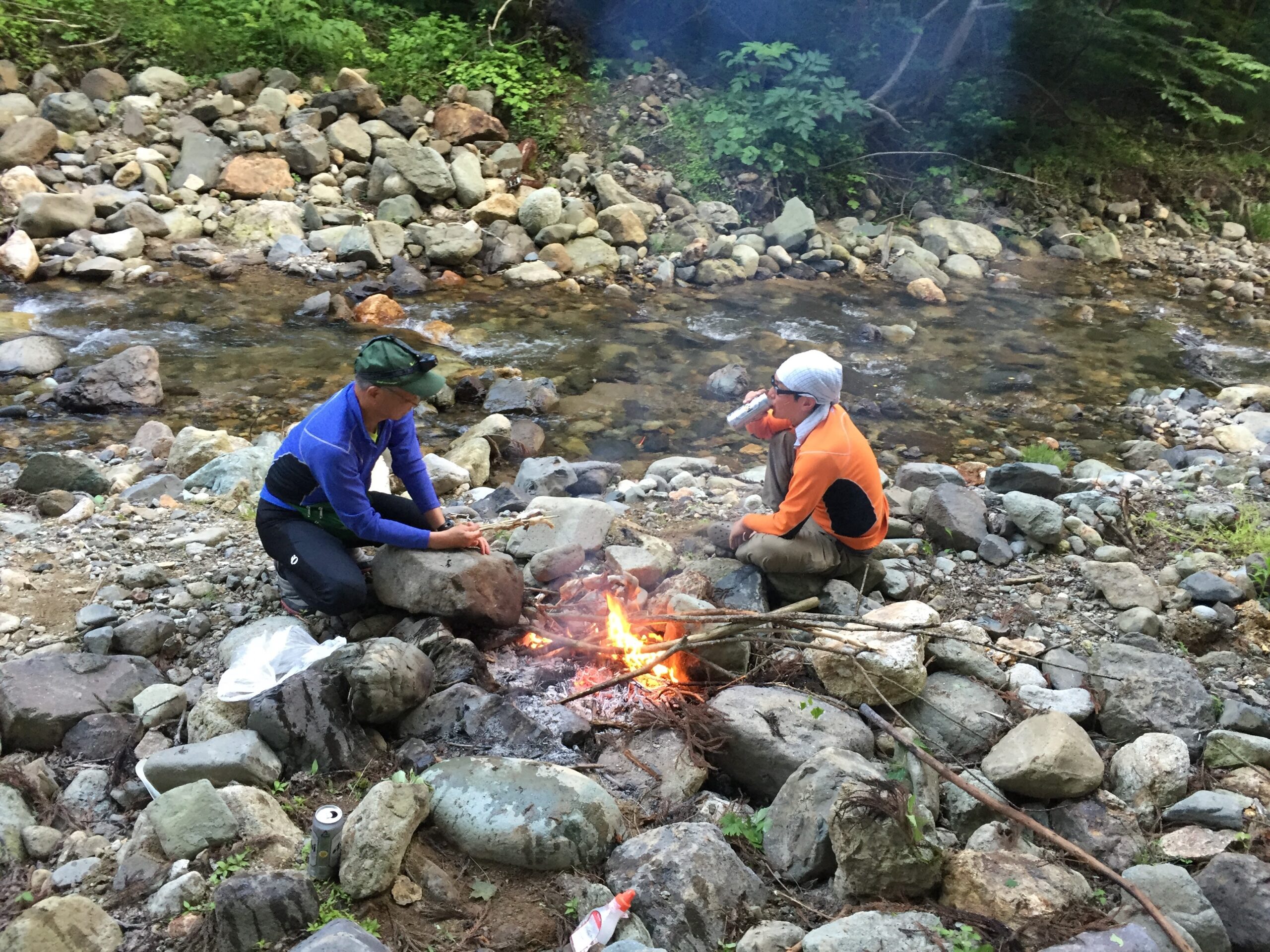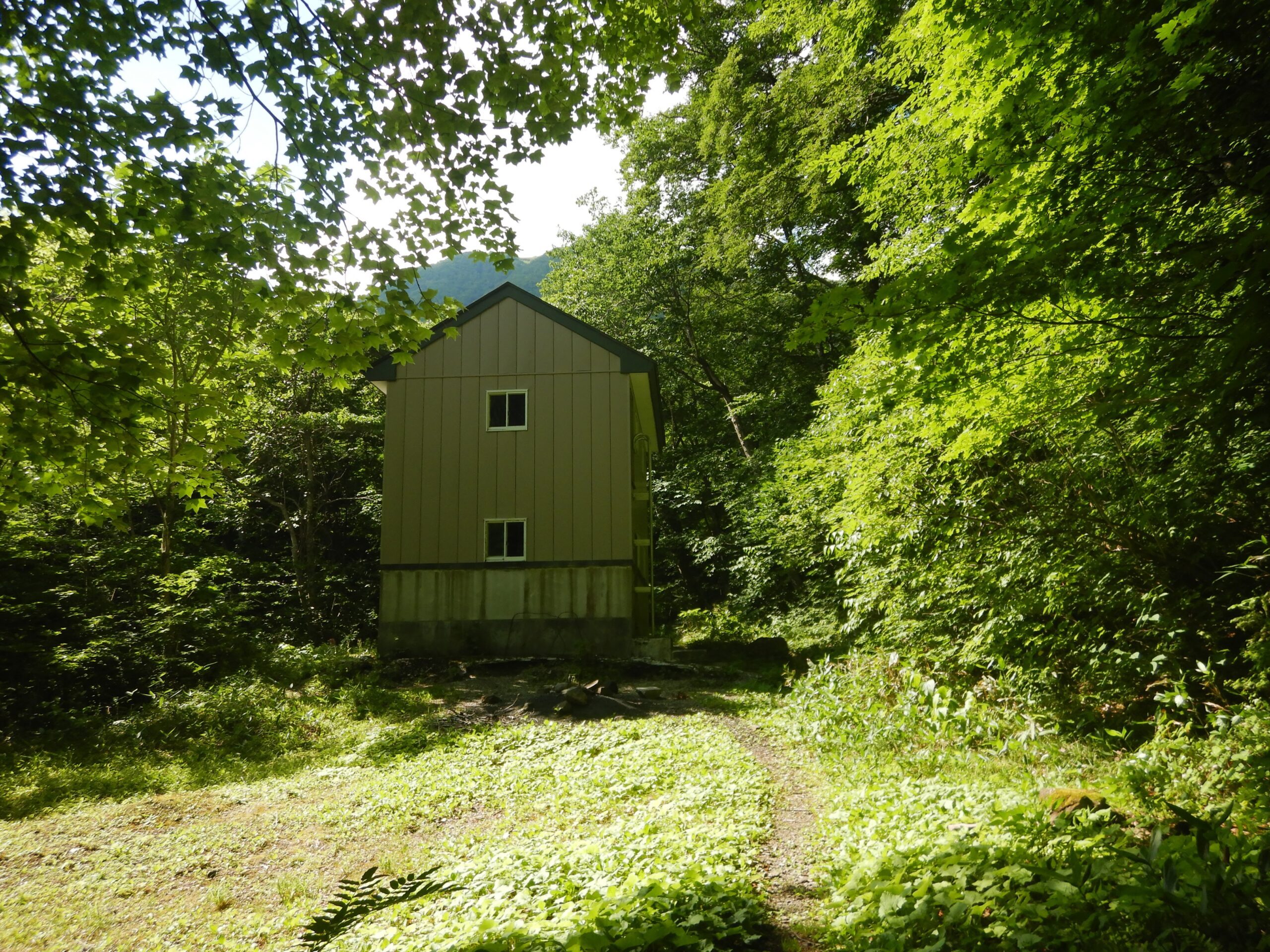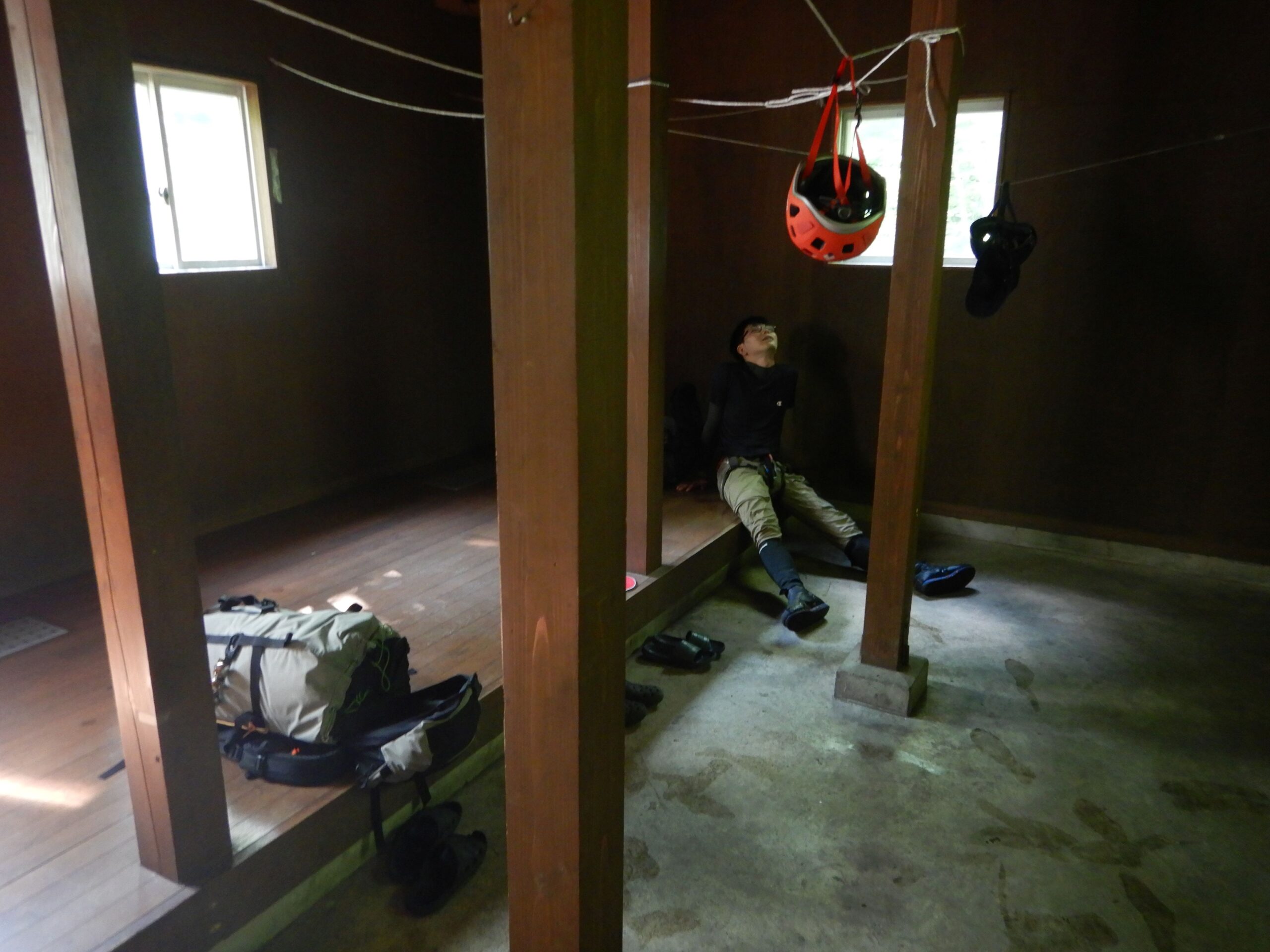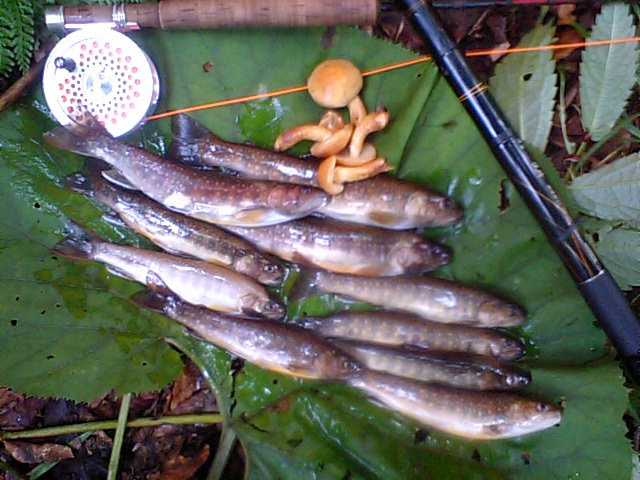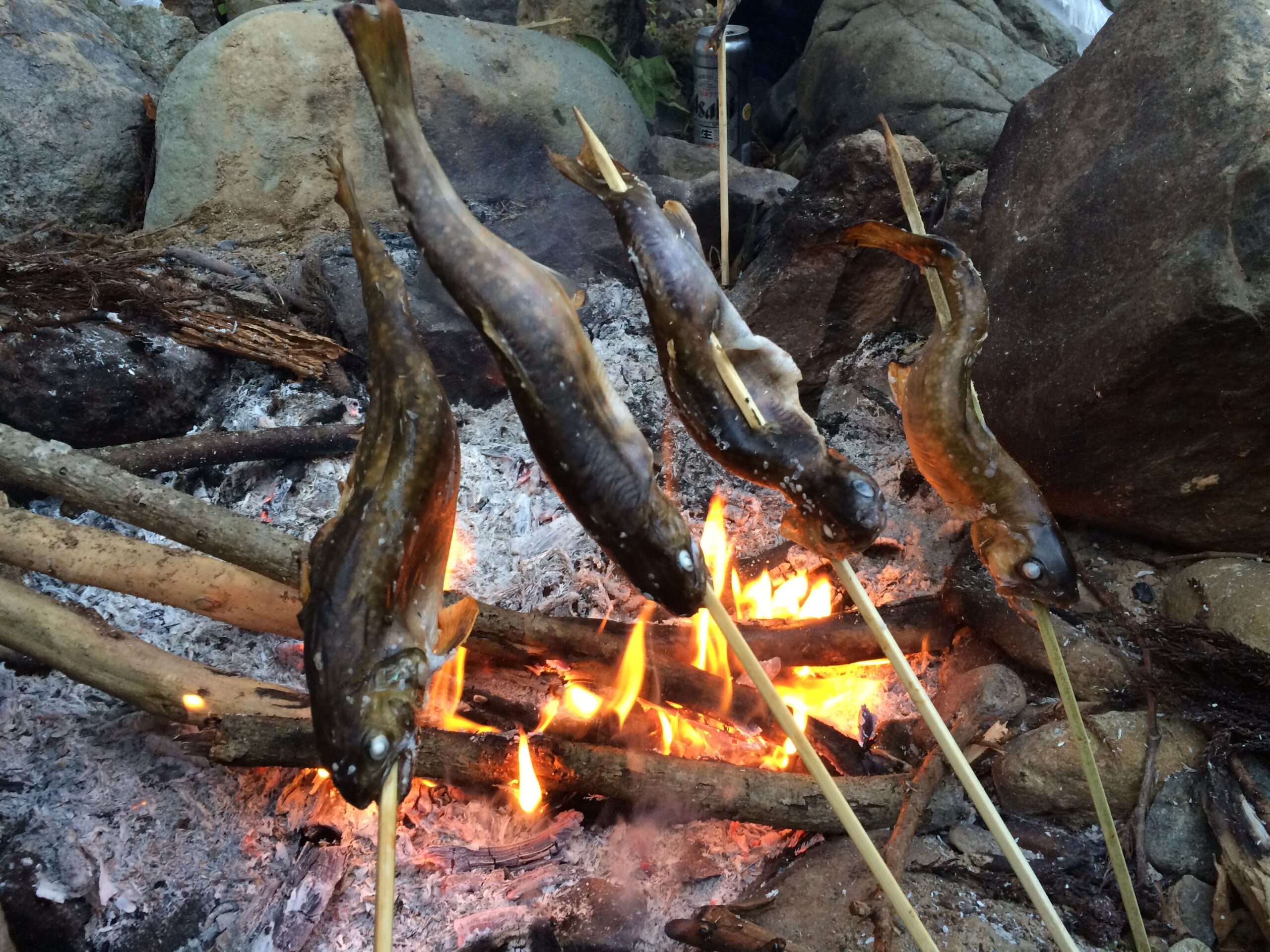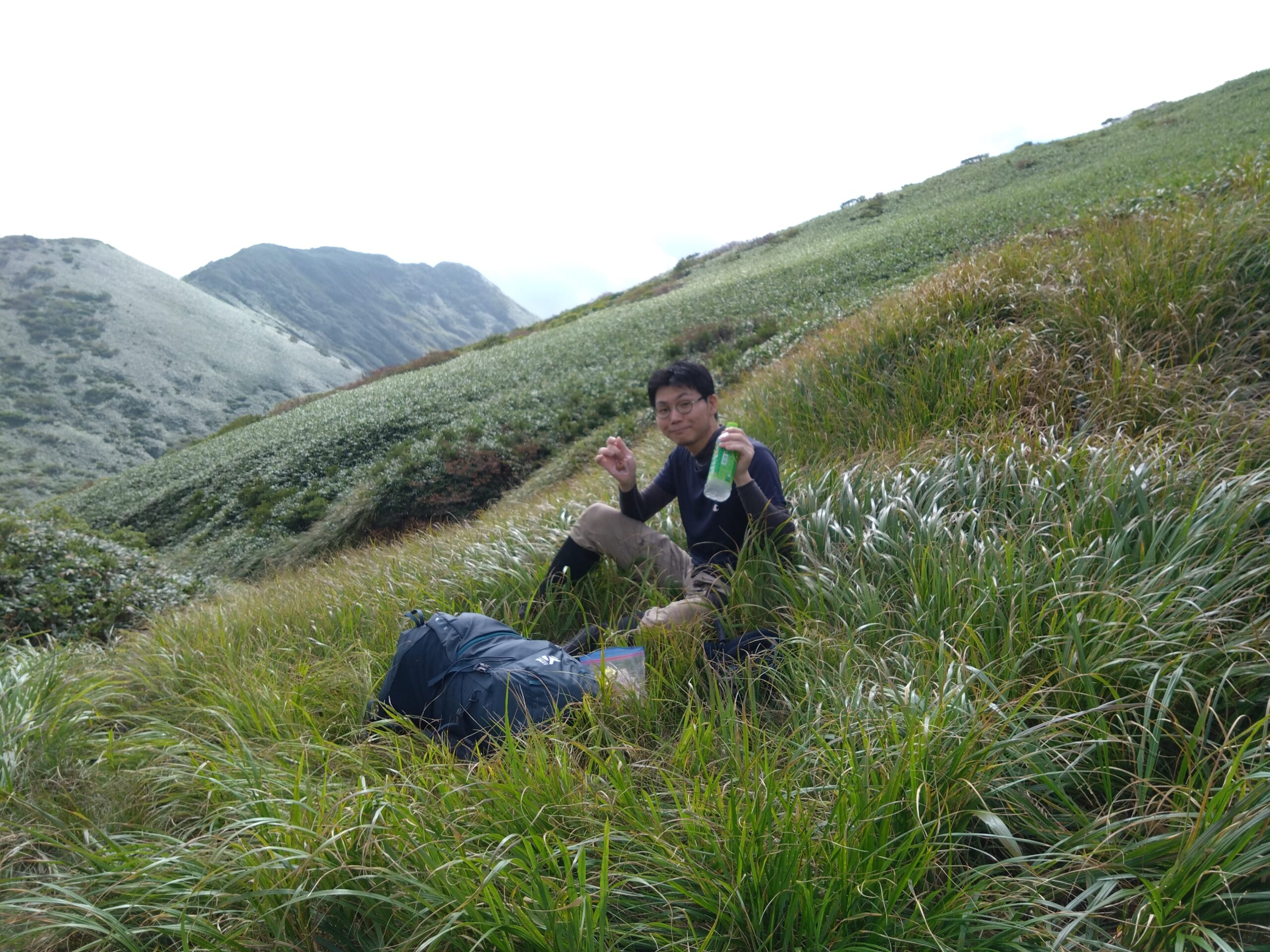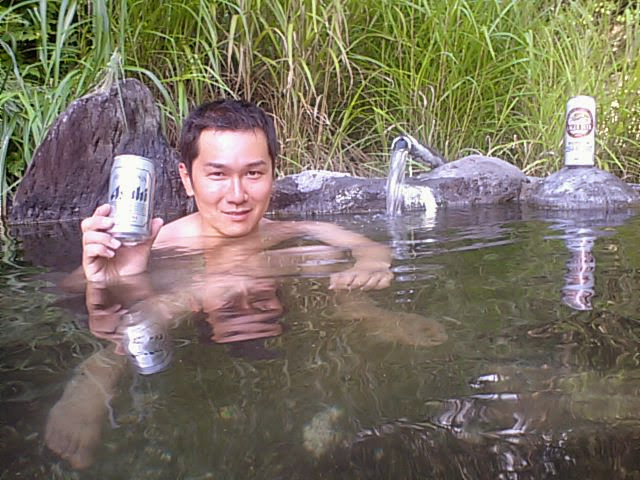Invitation to Sawanobori / Shower Climbing
Sawanobori, or Shower Climbing, is a distinctive and relatively unknown climbing style in Japan. While often compared to canyoning, this association is misleading. In the days when mountain trails were nonexistent, traversing rivers provided a practical means of traveling between regions—except in mountains where elevations exceeded 2,000 meters. Sawanobori is more than a sport, it is a journey through time, retracing the traditional paths once used by travelers of old.
I must introduce this profound "sect" with caution, as Sawanobori is more than just hiking — it is still a climbing experience. This means participants must learn basic skills and prepare proper equipment we organize.
Depending on the chosen route, Sawanobori can range from an extreme, high-risk climbing expedition to a more accessible one-day excursion. Here, I present a one- or two-day Sawanobori tour, designed to be realistic and safe attraction for international visitors.
In Sawanobori, we ascend the river, theoretically reaching the headwaters with the associated peak or ridge. The difficulty of a route is defined by its terrain—some sections are flat, while others feature waterfalls that require climbing. If the route consists mostly of flat sections with no challenging waterfalls, beginners can enjoy a thrilling yet manageable experience.
Since we must walk in the stream and occasionally swim through large pools, we wear clothing made from quick-dry materials. The most distinctive part of the outfit is the footwear, equipped with anti-slip felt soles for grip. Additionally, wearing a helmet is mandatory to ensure safety.
Sawanobori requires various pieces of equipment, including climbing ropes, harnesses, helmets, felt-soled shoes, and quick-dry clothing, as well as essential hiking gear. Typically, we pack a 30-liter dry bag inside our backpack to protect items that must remain dry. For valuables such as cameras or rechargeable batteries, we rely on a state-of-the-art solution—Ziploc bags.
Recently, black bear sightings have increased on Honshu Island, particularly in the Tohoku region. To minimize risk, it is highly recommended to attach a cowbell to your backpack and carry bear spray. Since bears often dwell and forage along rivers, the risk, or "chance" of encountering them during Sawanobori is significantly higher.
When we encounter waterfalls, we have two options: climbing directly or taking a high traverse to bypass the waterfall—a technique known as "Takamaki." Since there are no defined trails along rivers, creativity is essential for navigating obstacles, making this the most exciting aspect of Sawanobori. The level of difficulty varies depending on how we approach these challenges.
After a difficult section, a lunch break is always a welcome reward. Water is never a concern in Sawanobori, so we love to cook Somen noodles, cool them in the river, and slurp them up for a refreshing meal. There are few experiences as satisfying as enjoying lunch in the breathtaking scenery.
For a multi-day trip with an overnight stay along the river, essential gear includes a sleeping bag, mattress, and tarp. If sleeping under a tarp, wearing a mosquito net is a must, as various insects—not just mosquitoes—will come in search of blood.
Despite initial concerns, sleeping under a tarp can be surprisingly comfortable and refreshing. However, nature is unpredictable, and I’ve personally had a couple of miserable encounters with swarms of green-eyed horseflies. My grandma used to say, "Be prepared for the worst".
We have so-called "emergency cabins" in Japan, where hikers can stay overnight, even when not in an emergency. Those are mostly well-maintained and cleaned as usual in this country. Staying in these cabins makes life much simpler, requiring only a sleeping bag and mattress for comfort. With cooking equipment and proper lighting, the night becomes a truly enjoyable experience.
Fishing can be an exciting addition to a Sawanobori for those who enjoy it. Japan's headwaters are home to two types of trout—Yamame and Iwana—which thrive in these pristine mountain streams. Catching them is not particularly difficult, and we take only what we need for dinner, never more than we eat.
There’s nothing quite like grilling Iwana over a campfire, sipping beer, and engaging in lighthearted conversation while drifting into a half-sleep by the warmth of the flames.
A fishing license is mandatory, and you can easily purchase one at convenience stores or gas stations along the way.
As we ascend the river, we reach the ridge or peak, hopefully rewarded with a stunning landscape. Since Sawanobori takes place in the summer, the descent along trails—true summer trails—can be long and strenuous under the blazing sun. Be sure to refill your jug with at least two liters of water before leaving the stream, as your body became accustomed to being immersed in water, almost like an amphibian. Running out of water is an experience we’d rather not repeat.
After the long descent, Onsen is always the ultimate reward. A quintessential part of Japanese culture, Onsen offers a unique and deeply refreshing experience that can be found almost everywhere in Japan. We specialize in discovering hidden Onsen—untouched by mainstream tourism, or at least international crowds.
